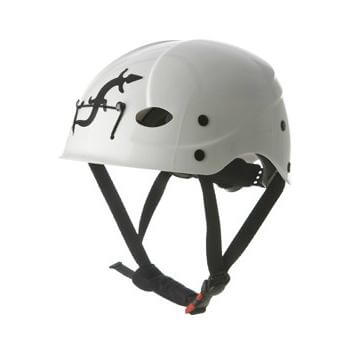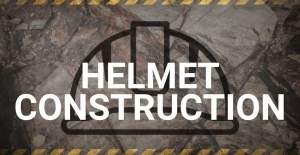Climber On Small
Description
Climber On, helmet for children.
Weight (g)  | 357 g |
Gender  |
Kids |
Size Range  | 17.70 in - 21.30 in One size: 45-54 cm / 17.7-21.3 in
(we converted inches to centimeters)
|
Features  |
|
Quick Adjust  |
Yes |
Vents  |
Yes |
Headlamp Compatable  |
Yes |
Face Shield Compatable  |
No |
| Certification | |
No reviews yet.
If you know of a good product video that should be here, let us know, and we'll put it up.
If you're looking for gear videos in general, check out our Vimeo and YouTube channels to see the newest gear.





